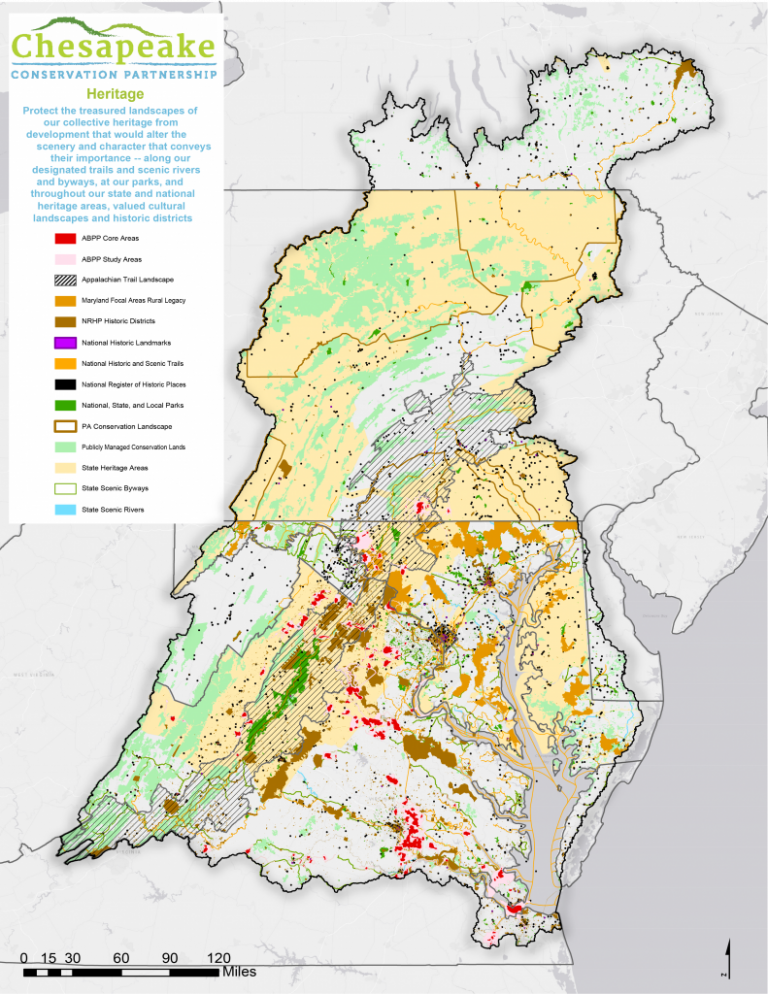To provide observations and information on the emerging fields of landscape scale conservation, heritage preservation, and sustainable community development.
Newsletter
Stay up-to-date with the latest nature, culture and community news.
We won’t spam you or share your information. Newsletters are sent approximately 10 times a year. Unsubscribe at any time.
Outsized Threats to Large Landscapes
Taking on Large Landscape Conservation in the Amazon – Part II

The Challenge of Conserving Cultural Resources on a Landscape Scale
There is a growing recognition that cultural resources as a part of the larger landscapes. The idea that there is a unity of nature and culture has created a significant opportunity for cultural resource practitioners to contribute to the new field of landscape scale conservation. There are compelling reasons to partner up with this emerging movement. The nature conservation field has long recognized that threats to natural resources occur at multiple and much larger spatial scales than those usually addressed in cultural resource preservation. Ecosystems are adversely affected by impacts that transcend political and disciplinary boundaries. Threats include urban expansion, air and water pollution, deforestation, agriculture intensification, mineral extraction, and of course climate change. The nation’s cultural heritage faces the same threats. Responding with a landscape or regional approach is a better match to the scope of the problem.

The Challenge of Conserving Cultural Resources on a Landscape Scale
There is a growing recognition that cultural resources as a part of the larger landscapes. The idea that there is a unity of nature and culture has created a significant opportunity for cultural resource practitioners to contribute to the new field of landscape scale conservation. There are compelling reasons to partner up with this emerging movement. The nature conservation field has long recognized that threats to natural resources occur at multiple and much larger spatial scales than those usually addressed in cultural resource preservation. Ecosystems are adversely affected by impacts that transcend political and disciplinary boundaries. Threats include urban expansion, air and water pollution, deforestation, agriculture intensification, mineral extraction, and of course climate change. The nation’s cultural heritage faces the same threats. Responding with a landscape or regional approach is a better match to the scope of the problem.


